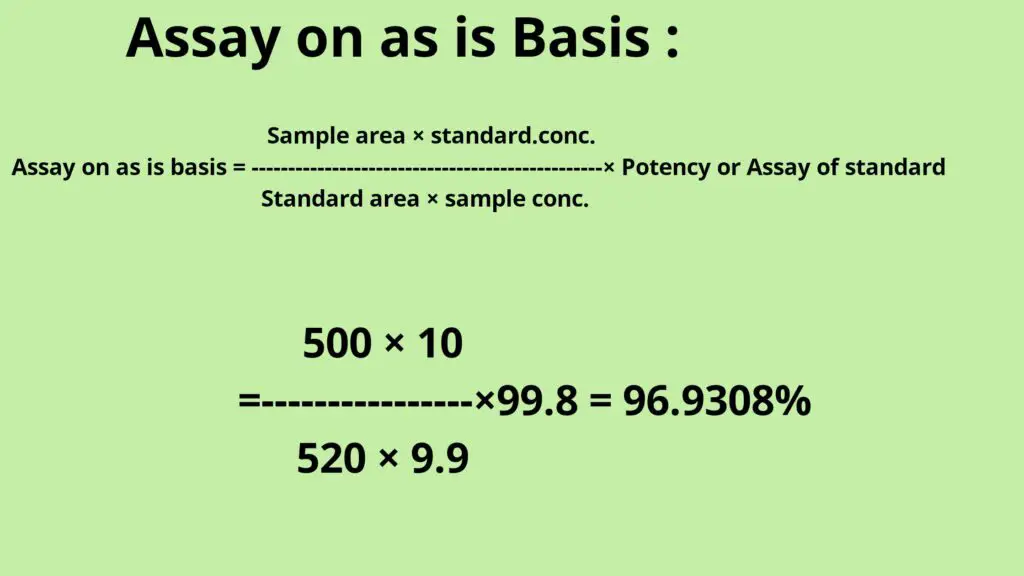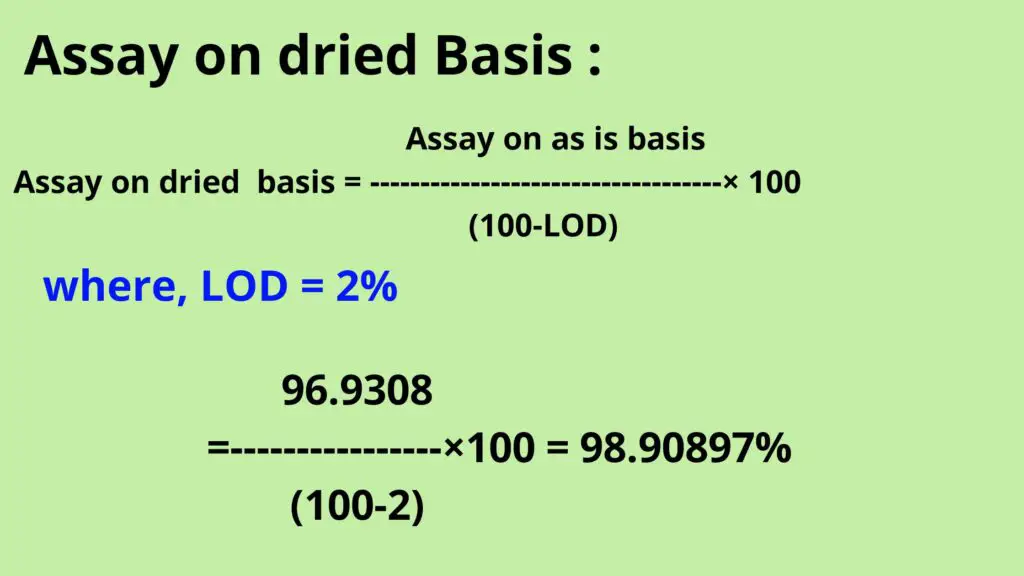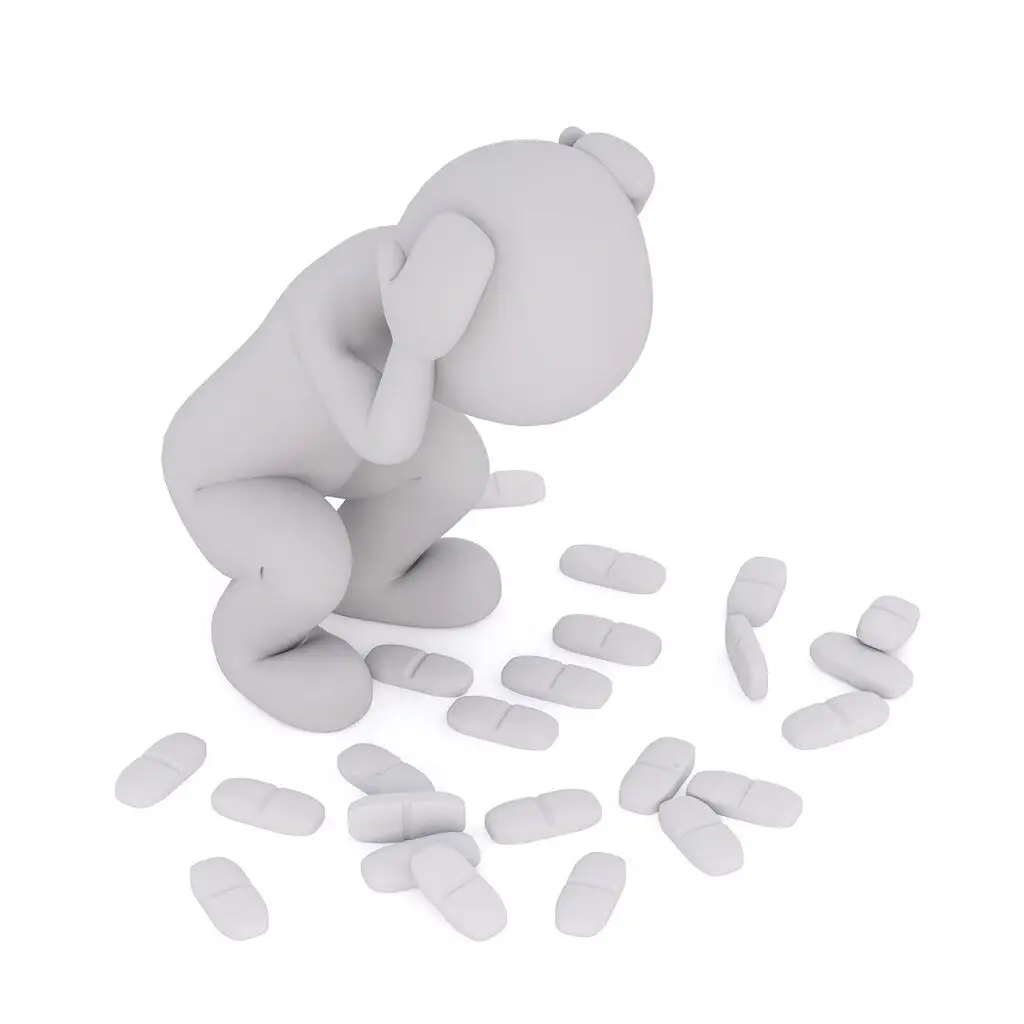In the pharmaceutical industry, the difference between assay potency and purity is a major problem to understand for the newbies and sometimes experienced also.
In pharmaceutical, all (Assay, Potency, and Purity) three are different terminologies and have different calculations.
Difference between assay potency and purity:
Here we will understand what is the major difference between assay potency and purity. Before that, we will see the meaning of all terminologies.
What is Assay Or Definition of Assay:
Assay is an analytical technique to determine the quantity of the drug product.
Or
It is a procedure to analysed and determine the percentage of the drug present in the product.
In the pharmaceutical industry, an assay is the main test for any drug product. As there are multiple tests for the drug product but the assay is a test that gives proper information of drug content percentage.
How to calculate assay?
The assay can be calculated by three different ways. Such as assay on as is basis, assay on dried basis and assay on anhydrous basis.
So here we will understand with the formulas and calculate the value of assay with the help of its examples.
Assay on As is Basis:
Here is a calculation Formula for assay on as is basis,
Sample area x standard concentration
=——————-–——–——―————x potency or Assay of Standard
Standard area x sample concentration
Now according to the formula, we can calculate the assay of the drug product.
With the help of example understand the calculation;
Suppose,
The area of the sample is = 5000
The area of the standard is = 5200
The concentration of the sample is = 9.9
Concentration of standard is = 10
Potency or assay of the standard is = 99.8%
Loss on Drying (LOD) of sample is = 2%
The water content of the sample is = 2.4%
Then according to the formula,
The calculation formula for Assay on as is Basis:
5000 x 10
=——————— x 99.8 = 96.9308 %
5200 x 9.9

Assay on dried basis:
Now for the assay on dried basis, it is important to eliminate the LOD value of the sample.
Calculation Formula for assay on dried basis:
Assay on as is basis
=—————————-x100
(100-LOD)
According to the formula the calculation of on dried basis assay is;
LOD of sample is as mentioned above = 2 %
As is basis assay is calculated as above =96.9308%
96.9308
Assay on Dried Basis = ———————x 100 = 98.90897 %
(100-2)

Assay on anhydrous basis:
Now hare for assay on anhydrous basis, need to eliminate the water content of the sample.
Calculation Formula for assay on the anhydrous basis:
Assay on as is basis
=——————————- × 100
(100 – water content)
So according to formula the calculated value of the assay is;
The water content of the sample is = 2.4%
As is basis assay is calculated above = 96.9308 %
Calculation Formula for Assay on Dried Basis:
96.9308
= ———————- x 100 = 99.3143 %
(100 – 2.4)

Here we understand the difference between assay on as is basis, assay on dried basis, and assay on the anhydrous basis.
Also Read:
Difference Between Dissolution and Disintegration
Principle of Quality Control Instruments in Pharmaceutical
Here described the only assay. In the difference between assay potency and purity, we are looking ahead to potency and purity.
What is potency? Or How to calculate Potency?
Potency can be calculated by eliminating % impurity, heavy metal, sulfated ash, residual solvent and LOD or Water content from the targeted drug.
It can be represented by the following formula:
The calculation formula for Potency:
100-(%Imp.+RSL+Sulfated ash+Heavy metal+LOD or Water content)
Just understand with an example how to calculate potency.
Suppose,
% impurity present is = 0.3 %
Residual solvent is = 100 ppm or 0.01 %
Sulfated ash is = 0.2 %
Heavy Metal = 10 ppm or 0.001 %
LOD or Water content is = 2 % and
Target value of assay is = 100 %
So, by applying value in formula,
= 100-(0.3+0.01+0.2+0.001+2)
= 100 – 2.511
= 97.489 %
This will be the potency of the drug after eliminating all impurities.
What is purity? or How to calculate purity?
Purity is the drug is determined by the area normalization method. It is directly calculated by the chromatographic system and found on the chromatograms obtained from the HPLC system.
Purity can be represented by the following formula:
The calculation formula for Purity:
Area of individual peak or desired peak to calculate
= ————————————————————— x 100
Sum of areas of all peaks (including principle peak)
Understand how to calculate purity with the help of the following example:
suppose,
Area of individual peak is = 1000, and
Sum of area of all peaks is = 5000000
Then the calculated value will be as follow,
% Purity Calculation:
1000
= —————– x 100 = 0.2%
500000
= 100-0.2
=99.8%
Conclusion:
The pharmaceutical industry is a quality-oriented industry that requires high accuracy while producing drugs and the assay or potency or purity of samples is a key factor to confirm the quality of the drug.
The pharmaceutical industry producing life-saving drugs due to that it is important to understand the difference between assay potency and purity of the drug.
I hope this article will help you to understand the difference between assay potency and purity.

Thanks for Reading…
Sharing is Pairing…
Also read:
- ICH guidelines in pharma
- What is Clinical Trial as per FDA
- HPLC Interview Question and Answers
- Gas Chromatography Interview questions and answers
- Karl Fischer Titration Interview Question and Answer
- Dissolution Interview Question and Answer
- What Is Change Control In pharma?
- CAPA Process in Pharmaceutical Management System
- FAQ’s On FDA’s Data Integrity
- Interview Question and answer on Polarimeter
For interview preparation refer
YT channel: Pharmabeej
Nice information…it will help a lot to understand the difference between assay potency and purity.
Thanks…
Great information
Thanks…
Well explained
Thanks…
Useful information
Thanks…
Nice explanation….
Thanks….
Very good
Thanks…
Very nice
Thanks…
Very good and correct way to understanding
Thanks…